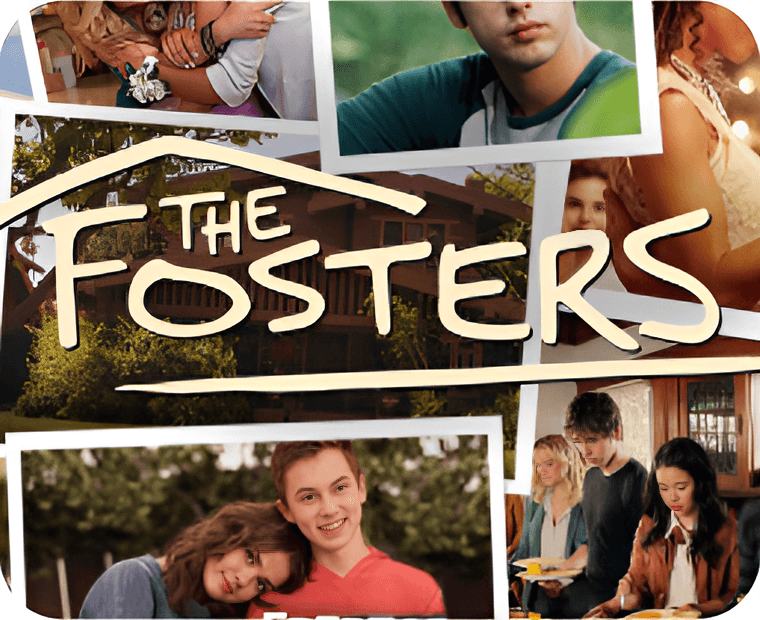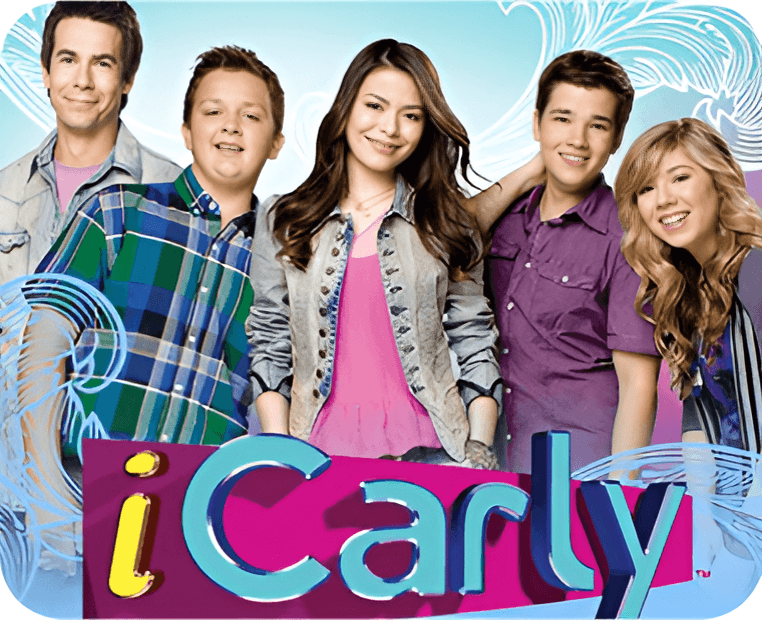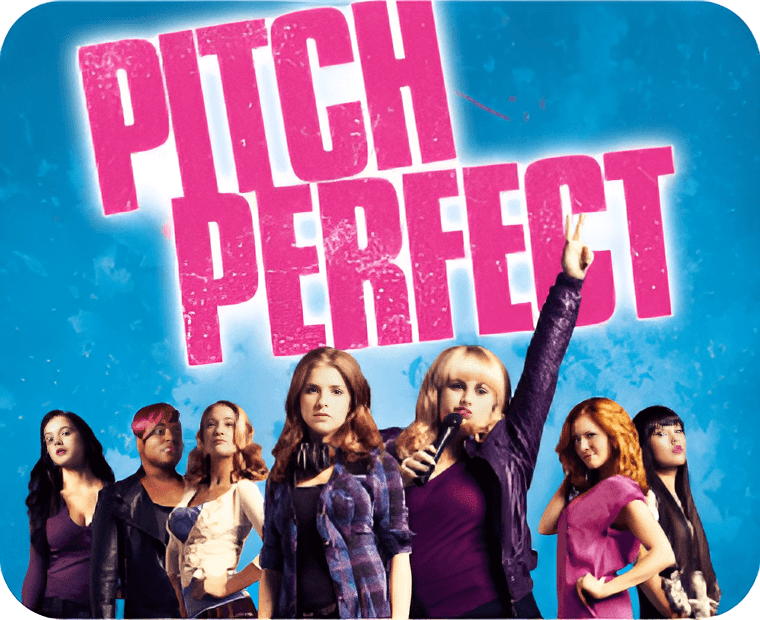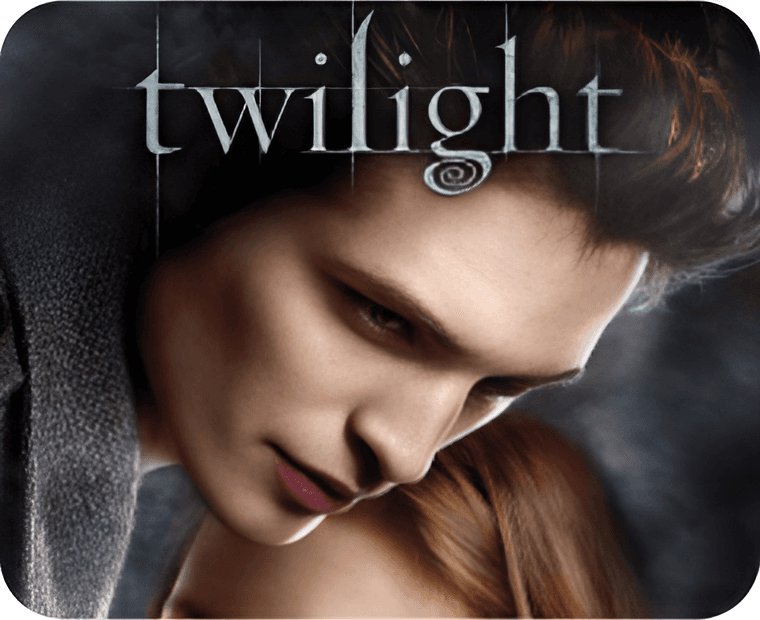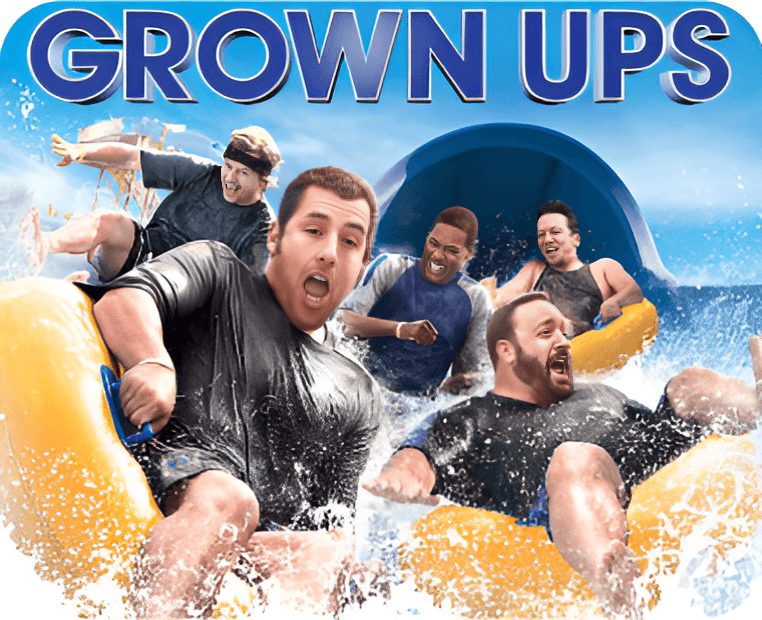Acting Lessons Brisbane
Pursuing further education as an actor or actress is an excellent decision for a successful career. It provides a valuable opportunity to sharpen your skills.
In addition to honing your craft, it allows you to tap into the enthusiasm and commitment that make learning new acting techniques and approaches invaluable.
These new methods can open doors to roles you wouldn't have considered before, even in a city like Brisbane.
Finally, having a good educational background can give you the confidence you need to get started in the entertainment industry. Consider taking acting classes to improve your skills and find movie auditions in your area.
In Brisbane, starting your acting career means embracing new challenges and diving into different acting methods. Don't be afraid to step outside your comfort zone — this exploration will help you discover which techniques resonate most with you. Remember, success in acting isn't a one-size-fits-all path. By setting goals that fuel your growth and knowledge, you'll build the foundation for a thriving career. Ultimately, your unique talent and honed skills will be the key to unlocking your potential as an actor. So, embrace the methods that best unlock your artistry.
Meisner's Acting Technique
The Meisner technique, emphasizing truthful acting, is a favorite among actors in Brisbane. This approach, developed by the influential Sanford Meisner, instructs actors to react instinctively to imagined scenarios, prioritizing emotions over logic. By following their emotions and delivering truthful reactions within a scene, actors cultivate a more realistic and believable portrayal for the audience. The Meisner technique has garnered praise from viewers in Brisbane and across the globe.
The Meisner Technique hinges on three key elements: emotional preparation, repetition, and improvisation. Actors must cultivate the right emotional state to embody a scene. They can achieve this by drawing on personal memories or crafting imagined scenarios to inhabit their character. Repetition fosters an attentiveness to scene partners. Actors focus on their partner's actions and reactions, using them to inform their own performance. Finally, improvisation grants the scene an organic flow as actors build upon each other's choices. Intertwined, these three components form a symbiotic environment where actors flourish.
Meisner believed actors needed to be keenly observant and rely on intuition. That's why he incorporated repetition exercises into his training. These exercises, according to Meisner, helped actors move away from preconceived ideas and tap into their natural instincts. Meisner argued that these instincts, arising from genuine interactions in the moment, were the key to believable performances.
In the Meisner technique, any preparatory work done beforehand should serve the purpose of fostering improvisation and adaptability during the performance. Meisner advocated for actors to wait for prompts from their scene partners before making choices, ensuring their actions are always believable. To achieve this natural and impulsive responsiveness, actors must be fully present with one another, keenly observing their partner's every move and response. This focus on the other actor breathes life into the characters, fostering a rich and well-developed inner world for them.
Stanislavski's System of Acting
In Brisbane, an actor is employing Stanislavski's Method to craft a truly authentic performance. This approach hinges on the actor's ability to tap into their personal emotional wellspring. To achieve this, the actor ventures deep into their own memories, using past experiences to inform their character's portrayal. By asking the crucial question, "How would I react in this situation for real?", the actor harnesses the power of Stanislavski's System, ultimately delivering a performance that feels natural and believable.
Constantin Stanislavski, a theatre reformer, fundamentally changed how actors approached understanding human behavior. Through his keen insights into people of all backgrounds, similar to those of psychologist Sigmund Freud, Stanislavski's work captivated audiences but also ignited debates. Even today, in the thriving theatre scene of Brisbane, his name remains prominent, and his acting techniques continue to be both employed and analyzed.
In his twilight years, Stanislavski's vision for theatre broadened to encompass a more well-rounded approach. This holistic perspective emphasized the marriage of psychological realism with the physical embodiment of a character. His later acting techniques championed improvisation, in-depth story analysis, and physical exploration as essential tools for the actor. He further devised a series of exercises that underscored the significance of utilizing all an actor's senses to craft a performance brimming with authenticity. Stanislavski's theories defied codification into a simple checklist. This is because he continuously experimented and refined his ideas. His methods evolved organically as he explored new techniques and reshaped his philosophy of theatre. Consequently, attempting to condense his theories into a rigid checklist proves futile.
In his later years, Konstantin Stanislavski championed a unified approach to acting that combined internal character development with external stage presence. He saw the most compelling performances arise from this marriage of an actor's emotional core and their physical expression on stage. This philosophy remains highly relevant today. American actors, for instance, acknowledge the difference between Stanislavski's early and later techniques, while also drawing upon the teachings of Stella Adler, his former student. By incorporating these methods, actors in Brisbane can elevate their craft and advance their aspirations within the performing arts.
Lee Strasberg's Method
Through this technique, actors delve deeper into their characters by reenacting the character's experiences in their own lives. This practice aims to forge a more powerful emotional bond with the character, resulting in a performance brimming with authenticity. This structured method equips actors with the tools to breathe life into imaginary situations, fostering a heightened sense of realism. Brisbane's acting schools frequently incorporate this technique into their curriculum.
In Method Acting, achieving a state free from physical tension is paramount. Strasberg believed actors need to be a blank slate, both physically and mentally, before embodying a character. By identifying and releasing tension, they create a foundation for authentic performance.
Once relaxed, actors hone their focus. They train to become hyper-aware of their surroundings, selectively picking up on specific sounds while filtering out background noise. This heightened awareness extends to all senses — sight, touch, and even taste. By developing this sensitivity, actors can better adapt to and portray the world of their characters.
With heightened sensory awareness, actors delve into sense memory. This technique, inspired by Stanislavski's affective memory, involves recalling past personal experiences that evoke emotions relevant to the character. It's a demanding process, requiring actors to tap into deep emotions and memories.
However, Method acting empowers actors. It allows them to infuse their own creativity and lived experiences into the performance, fostering a sense of artistic ownership. Strasberg's approach encourages actors to be active participants, not passive puppets. They become collaborators, influencing the narrative alongside the writer and director.
Method acting thrives on actors seeking out rich and relevant experiences to inform their performances. However, there's a concern that some Brisbane actors take this to an extreme. Just like Robert De Niro's legendary cabbie stint to prepare for "Taxi Driver," some Brisbane actors go to great lengths to inhabit their characters. This dedication is undeniable, but it also prompts questions about how far method acting should go.
Practical Aesthetics
The Script Analysis and Performance Technique might seem contradictory at first.
It instructs students to "act before you think" followed by "think before you act."
Don't worry, there's a method to this madness. By following these seemingly opposite instructions, students delve into the script, uncovering the story, the characters' situations, and the hidden intentions behind the words.This process equips them to make informed choices that bring their characters to life. The Script Analysis and Performance Technique is a valuable tool for actors and can be found in workshops and classes around Brisbane and beyond.
In Brisbane, actors delve into a script analysis technique created by David Mamet and William H. Macy. This technique dissects the script to reveal the character's literal actions and desires, ultimately translating them into playable choices for the actor. To personalize these choices and bring authenticity to their performance, actors employ the "as if" technique. For further development, actors can participate in Moment Lab, a course designed to combat self-consciousness through repetition exercises. This lab fosters the ability to be present in the moment, react spontaneously, and deliver truthful responses to their scene partners.
This Brisbane acting school utilizes the Practical Aesthetics technique. Their aim is to equip students with the ability to bring stories to life authentically and directly, honoring the playwright's intent. This method provides actors with a toolkit of reliable techniques that they can refine and rely on throughout their acting careers.





